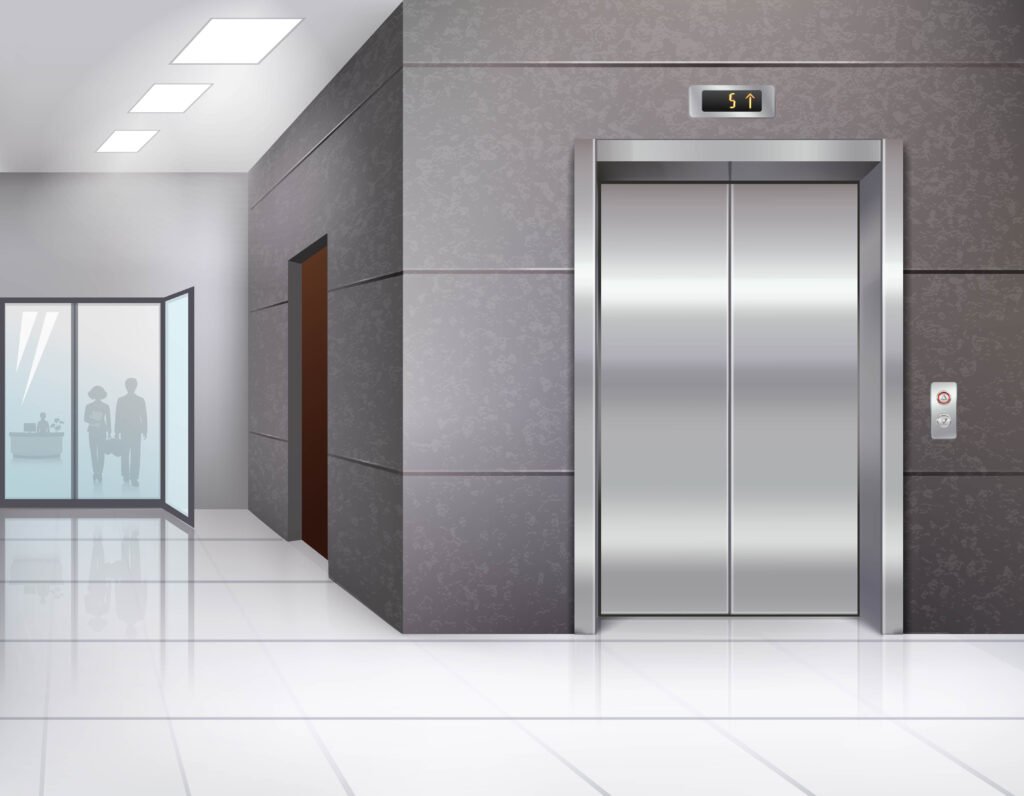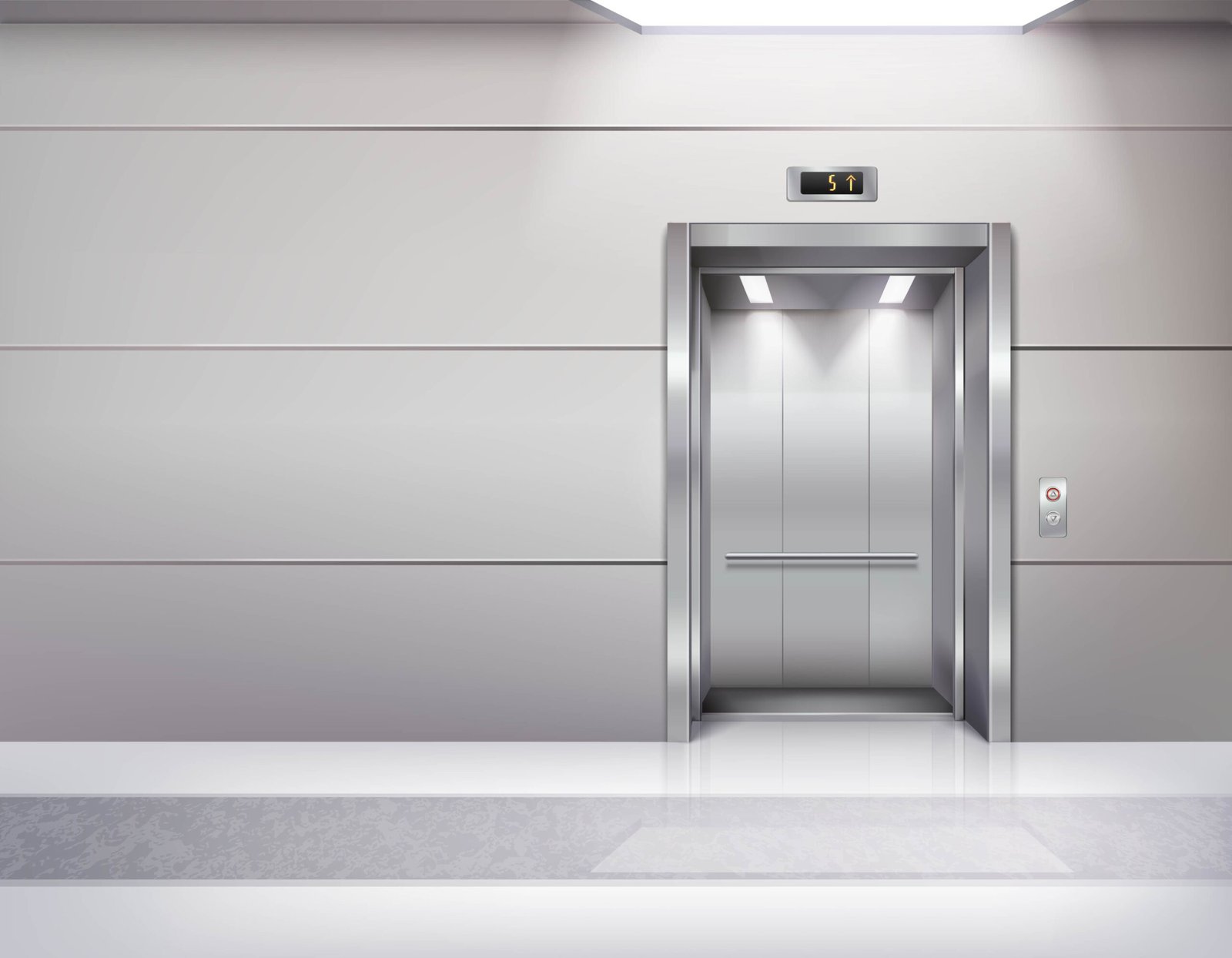Some modern elevator systems are equipped with seismic sensors that detect any
ground movement, such as earthquakes, and automatically bring the elevator to a safe
stop. These systems help prevent accidents during seismic events and ensure that
passengers can safely exit once the shaking stops. These sensors can also trigger emergency evacuation systems, allowing passengers to exit the building safely even in hazardous conditions.
New systems are equipped with emergency brakes that can be activated automatically
in the event of a malfunction, preventing free-fall or rapid descent.In the event of a
malfunction, most elevators are equipped with emergency braking systems that activate
to prevent the cabin from fallingThese systems typically include safety gears that grip
the rails and counterweights.
Elevators now often feature two-way communication systems that allow passengers to
communicate directly with emergency personnel in case of a breakdown or
emergency.Most elevators have an intercom or a direct phone line inside the cabin,
allowing passengers to speak with emergency responders or building personnel in case
they become trapped or need assistance.
Modern elevators include overspeed governors that automatically slow the elevator if it
starts to travel too quickly, ensuring passenger safety The primary purpose of an
overspeed governor is to monitor the speed of the elevator car. If the elevator exceeds a
pre-determined speed threshold, typically due to mechanical failure, power issues, or a
malfunction in the braking system, the overspeed governor is triggered.
Many elevators now come with fire-resistant materials and evacuation modes, which
direct the elevator to the safest floor or allow passengers to exit the building more easily
in case of fire Elevator Car Construction: Modern elevators are often constructed using
fire-resistant or fire-rated materials, including fire-resistant walls, ceilings, floors, and
doors. These materials are designed to withstand the high temperatures of a fire and
prevent the spread of flames or smoke into the elevator shaft.

Some elevators, particularly in high-security buildings, now feature biometric access
controls such as fingerprint or retina scanning, ensuring that only authorized individuals
can access certain floors The system scans the fingerprint of an individual and
compares it to a pre-enrolled database of authorized fingerprints. Only those whose
fingerprints match the database will be granted access to specific floors or areas in the
building.
RFID-enabled cards are becoming more common in controlling elevator access,
allowing for better security and user tracking.These are small cards embedded with an
RFID chip and an antenna that store identification data. Users are typically given RFID
cards that are associated with their personal or work credentials In some cases, RFID
tags might be embedded into other items, such as employee badges or smartphone
accessories.
As biometrics become more advanced, these systems are adaptable and scalable for
future needs. New biometric features (such as voice recognition or gait analysis) can be
integrated into existing systems, ensuring that security protocols evolve with
technological advancements.
In conclusion, modern elevator systems are equipped with a wide range of advanced
safety features designed to protect passengers in various emergency situations.
Seismic sensors detect ground movement and ensure elevators stop safely during
earthquakes, while emergency brakes and safety gears prevent free-fall or rapid descent
in case of mechanical failure. Two-way communication systems provide direct access
to emergency personnel for immediate assistance, and overspeed governors help maintain safe elevator operation by controlling speed.

